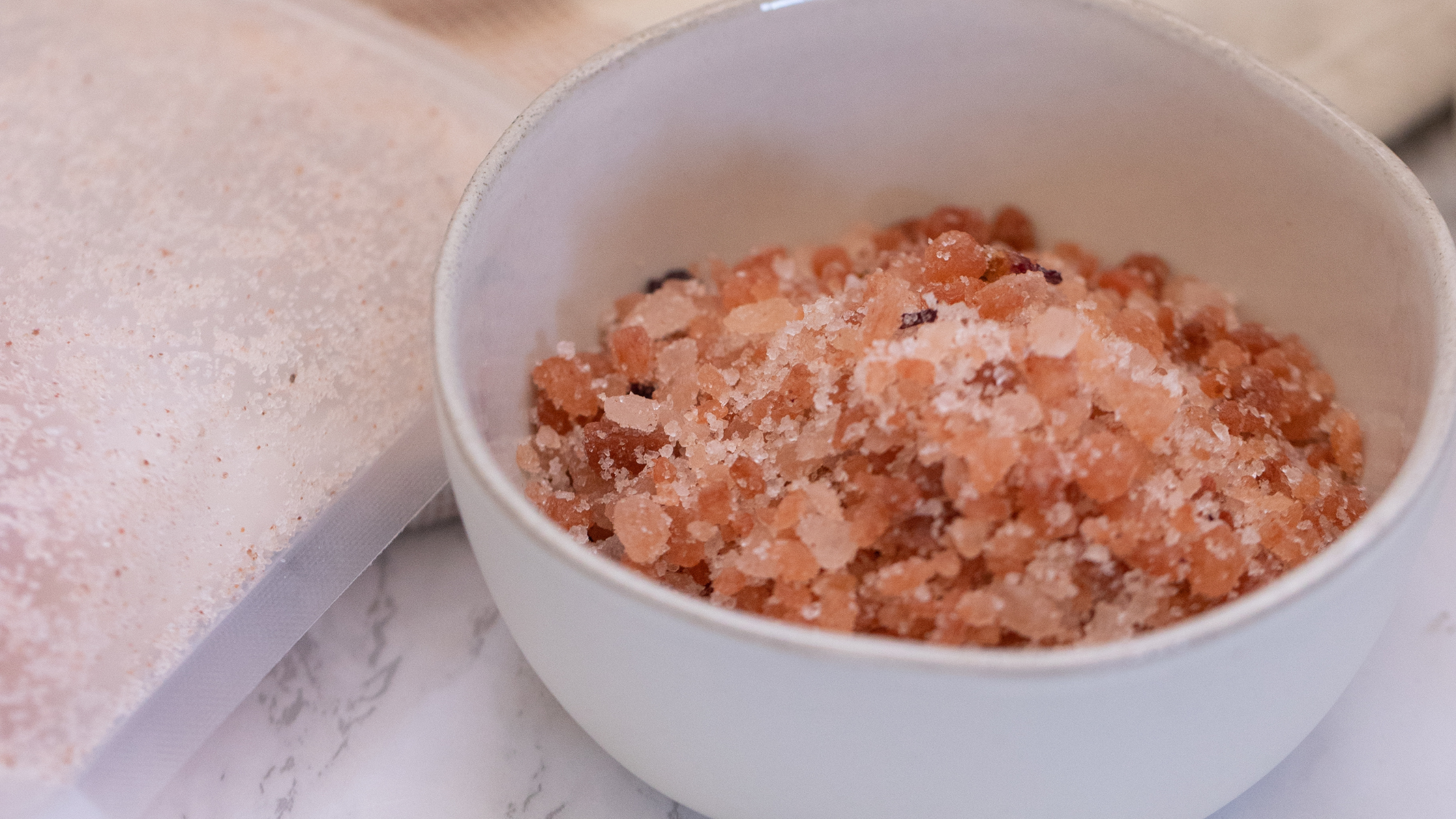How Pink Salt Took Over Millennial Kitchens
We’ve believed that salt is white for a very long time. Everything is as it should be: the sky is blue, and the salt is white, whether it be table salt, sea salt, kosher salt, or any other variety. But a few years ago, Himalayan salt—another type of salt—took the world by storm.
Particularly, Himalayan salt is the name given to practically all pink salt. The vast Khewra Salt Mine, located south of Pakistan’s genuine Himalayas between Islamabad and Lahore Punjab, is where the majority of that salt is produced.
Pink Himalayan salt has never been particularly regarded or revered for its taste, even though it perfectly serves its intended culinary purpose—salting food. But it’s generally liked for its distinct colour.
Because of its unusual appearance, the product has a benefit that would be challenging for marketers to attribute to something as commonplace as salt: a memorable brand. “We mean, isn’t it absolutely pretty? ”
In addition to this, it also has several lifestyle advantages, which have helped them become very well-liked among young people. Some of them consist of:
Smoothens and Moisturizes skin:
Utilizing the pink bath salt as part of your skincare regimen increases the moisture content of your skin, giving the appearance of softer skin. This powerful ingredient not only effectively removes dead skin cells on a physical level but also leaves your skin feeling incredibly soft and supple.
Purifies air:
When it comes to their non-dietary uses, these Himalayan salt lamps have the power to clean the air inside a home, lessen allergies, and enhance general well-being.
Balances the pH:
Skin breakouts and acne can be brought on by an unbalanced pH level. Because it balances the pH of the skin and tones the skin, Himalayan pink salt has qualities that can stop this.
An excellent potent for body detoxification:
Pink salt contains more than 80 minerals and elements, including potassium, iron, and calcium, all of which have excellent detoxifying properties. All of these minerals cleanse the skin by removing all pollutants and toxins, leaving it soft and clean, and they also aid in the bacterial removal process.
It can also be used for multiple non-dietary purposes such as:
As a body scrub
Simply add a cup of salt, a quarter cup of coconut oil or olive oil, and a few drops of your preferred essential oil. Then, using small, circular motions, gently massage the mixture into your skin, paying particular attention to the dry spots like the soles of your feet, elbows, and knees. Its exfoliating texture will leave you with silky soft skin.
For foot soaking
Nothing compares to a lengthy foot bath that is both relaxing and pampering. Put both of your feet in a big container to cover them up to the ankles. Add two teaspoons of pink salt and some magnesium flakes, then stir the mixture. Spend 10 to 20 minutes soaking your feet, then rinse them with lukewarm water and pat them dry.
As a scalp cleanser
Pink salt can help exfoliate your scalp and lessen dandruff when applied to your hair. It can encourage hair follicle growth and aid in removing skin flakes. Your hair will be clean and soft because the salt will absorb any extra oil.
Without the context of growing worries about industrialized food systems, the popularity of salt probably would not have been possible. It is regarded as being very natural and a favourite among millennials because it is mined and sold directly from the Himalayas.



